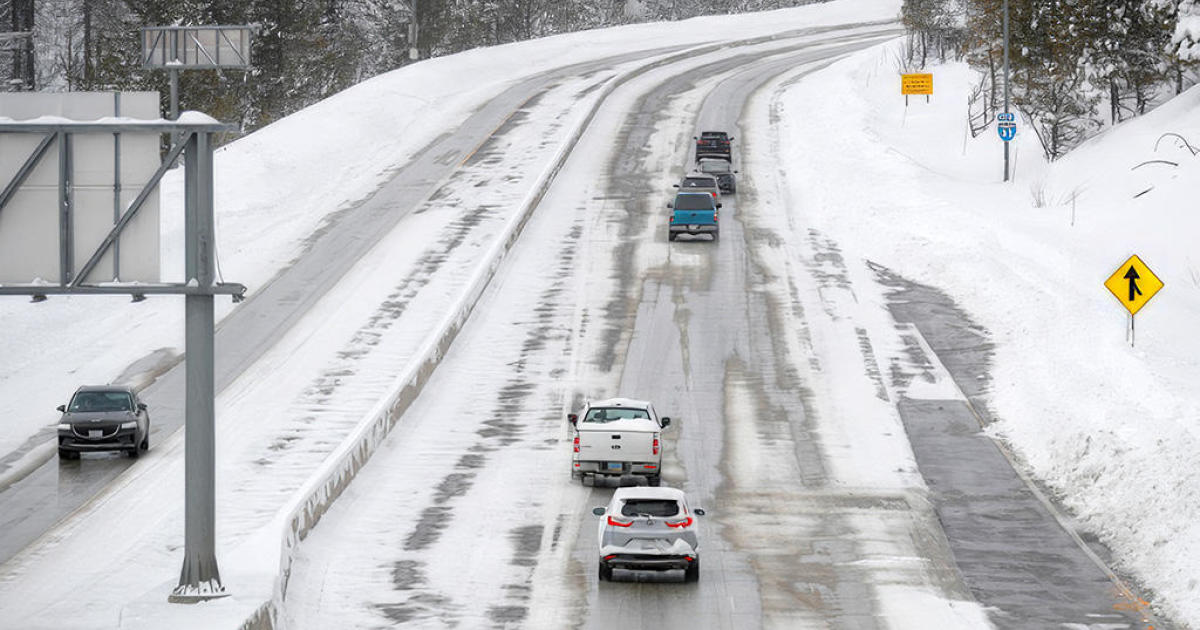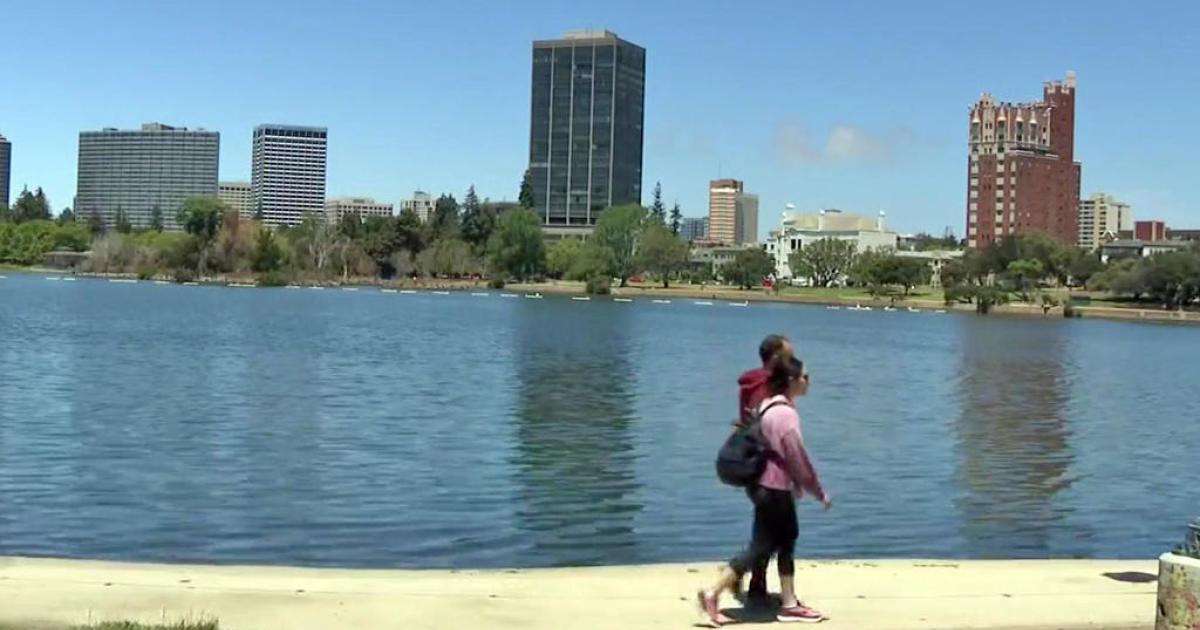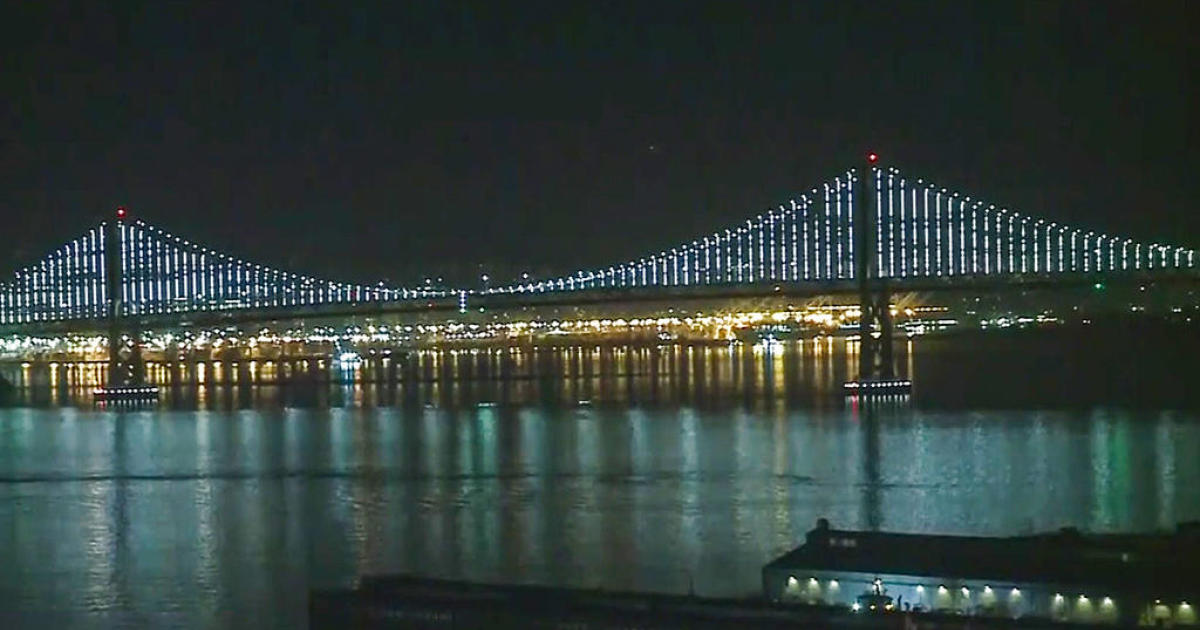How and where to view Saturday's solar eclipse in the Bay Area
SAN FRANCISCO -- A rare annular eclipse will sweep south through southern Canada, the Western US, then Central and South America on Saturday. It will not, however, be viewable as an annular eclipse in anywhere but extreme (that is, extreme—think Goose Lake) northeastern California.
For the Bay Area, it'll be a partial solar eclipse, with about 76% of the sun photobombed by the new moon.
ALSO READ: Fog likely to obstruct view of solar eclipse for some in Bay Area
Before we get into the details, interested parties should be sure never to look directly at the sun, whether partly or nearly totally obscured during annularity. Always use eye protection designed to filter out the sun's destructive rays. Sunglasses and dark glass will not provide adequate protection.
ALSO READ: Lawrence Berkeley Hall of Science to host solar eclipse celebration Saturday
It's a sobering historical side note that the first person to refine the telescope, Galileo Galilei, destroyed his vision with his own invention. Avoid this. A supplier of safe filters and viewers can be found online here. While this may be too late in the game for Saturday morning's event, there is a total solar eclipse coming up in 2024.
The partial solar eclipse begins Saturday morning at 8:05 a.m. All times shown are specific to San Francisco, but they're within a minute of being accurate for the Bay Area, and really aren't far off for more distant locations like Los Angeles.
ALSO READ: How to watch the rare "ring of fire" solar eclipse this weekend
The moon then moves steadfast across the disk of the sun until maximum eclipse is achieved at 9:20 a.m. when -- according to Fred Espenak -- 76.5% of the sun will have a bite taken out of it. The shadow then retreats until the sun is completely uncovered by 10:42 a.m.
The adventuresome soul not scared by $6 per gallon gas prices may wish to set out toward the path of annularity in order to see that "golden ring" in the 120-mile wide swath that will cross the western U.S. before moving through Central and South America. NASA has provided a high-resolution map of this path, as well as other resources online.
Those who would prefer not to sell a child for gas money can watch from the ease of your comfy chair thanks to the Exploratorium or head up to the Lawrence Berkeley Hall of Science for their watch party.
Those who would rather stagger somewhere just in time for clouds to obscure the sky should check Fred Espenak's guide to partial eclipse times in the lower 48. The most adventurous souls can find the exact times and locations to see the annular eclipse on the Eclipsewise.com website.
Happy viewing, and stay tuned for the total solar eclipse coming up in six months which, while still in the U.S., is even further away!




